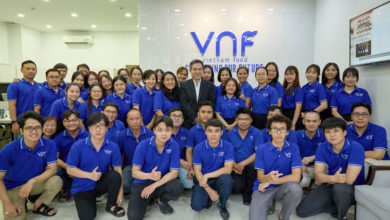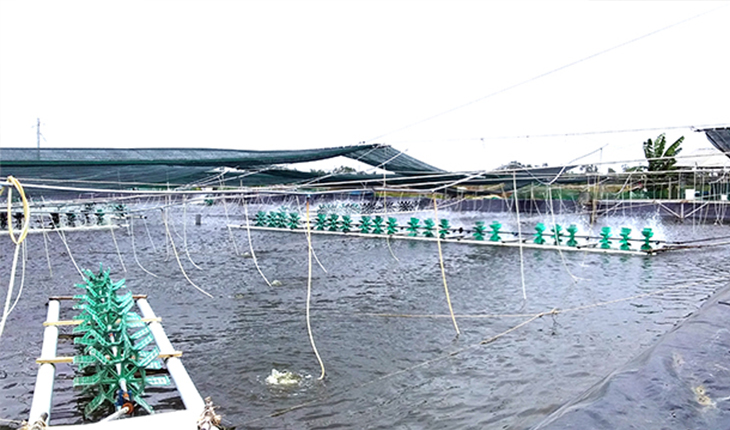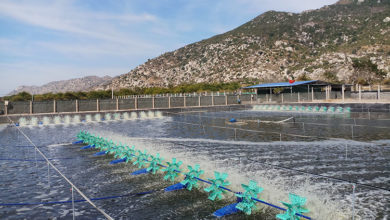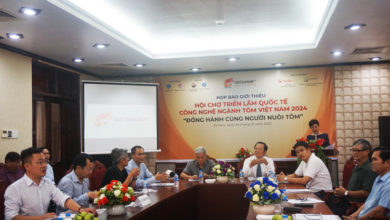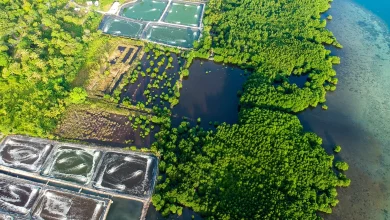Tra Vinh: Promoting sustainable mangrove-shrimp and rice-aquaculture models
Tra Vinh province is actively encouraging farmers to maintain over 11,350 hectares of forest-shrimp and rice-aquaculture production by 2025. These sustainable models not only generate high incomes but also preserve the province’s mangrove ecosystems.
In 2024, Tra Vinh saw thousands of coastal and brackish-water farmers implement over 5,750 hectares of forest-shrimp and 5,600 hectares of rice-aquaculture systems. These models produce clean, high-value products, providing farmers with average annual incomes of 100–120 million VND per hectare. They are especially suited for farmers lacking resources for high-tech, industrial shrimp farming.
For instance, Nguyen Van Lam from Long Vinh commune, Duyen Hai district, manages a 4-hectare forest-shrimp farm with mangrove trees covering 40% of the area to create a natural habitat for shrimp and other aquatic species. By stocking 50,000 black tiger shrimp and 6,000 sea crabs annually, he earns over 200 million VND per year, with minimal feed costs.

Similarly, Le Van Lam in Dong Hai commune combines shrimp, crabs, and fish farming on 4 hectares, harvesting high-quality products that fetch 15–20% higher prices than industrially farmed seafood. His annual net income exceeds 200 million VND.
Farmers in Tra Vinh’s brackish-water areas are also thriving with rice-aquaculture systems. In Long Hoa and Hoa Minh communes, the organic rice-prawn farming model yields net profits of 150–200 million VND per hectare annually. Organic rice is sold at nearly double the price of conventional varieties, offering farmers an additional profit of 20–25 million VND per hectare.
Nguyen Van Hue, Deputy Director of Tien Thanh Cooperative, highlights that the combined organic rice and giant freshwater prawn model consistently delivers high returns. With around 550 kilograms of prawns harvested per crop, farmers achieve annual profits of 150–200 million VND per hectare.
Trà Vinh plans to expand organic rice farming to 1,000 hectares by 2025 and 2,500 hectares by 2030, focusing on districts like Chau Thanh, Tra Cu, and Cau Ngang. The province is also supporting farmers and cooperatives with technical training and certifications such as VietGAP, HACCP, and ISO to enhance product quality, build brand recognition, and access international markets.
These sustainable models not only boost incomes but also protect the environment, ensuring long-term economic and ecological benefits for Tra Vinh’s farming communities.
VFM


